Despite there now being a bigger proliferation of camera brands on the market than perhaps ever before, the old Canon vs Nikon debate continues to rumble on. For first time camera buyers, these two heritage brands will likely be at the forefront of your mind. Although there's now lots of competition from other brands such as Sony, Nikon vs Canon tends to be an obvious starting point for those new to photography.
DSLRs were once the main stay of Canon and Nikon, with mirrorless options being pioneered by brands such as Olympus and Sony. However, it's now true to say that all brands are concentrating their efforts on mirrorless, with both Nikon and Canon offering some very strong mirrorless - indeed even class-leading - options in their respective line-ups. If you're still keen on DSLR though, and you still have plenty of reasons to be, they both still offer more traditional options for photographers.
Choosing your first camera can be a difficult task, with an at-times overwhelming amount of choice. Once you add in picking between DSLR and mirrorless, the choice becomes even harder. However, if you've at least narrowed it down to these two classic heritage brands, at least your decision has been made a little easier. With these two brands, it's likely you'll be thinking first about the type of camera you need. For that reason, we've compared models from the two brands across all categories and price points.
Speaking of price point, if that's your main concern, you'd do well to wait a little while until Amazon Prime Day 2021. This year, we're expecting lots of camera models to be discounted, especially models which are a little older in the line-up and have perhaps subsequently been replaced by newer models. Remember that older cameras are still fantastic, they just might be missing some of the bells and whistles that you might not even require.
If you're thinking of starting to become serious about photography and want to up your game from a smartphone to an entry-level mirrorless camera. If that's you, then we've got plenty of options here for you. After that, we'll be taking a look at higher-end mirrorless options. Finally, we'll compare the best Canon and Nikon DSLRs, for beginners, hobbyists and those with the most experience looking for full-frame models.
Keep reading to discover how we answer that classic battle - Nikon vs Canon, which is best?
Canon vs Nikon: Beginner-friendly mirrorless
When it comes to buying your first camera, mirrorless options are a fantastic choice. Generally, they’re smaller and lighter than equivalent DSLRs, so making the jump up from your smartphone doesn’t feel like such a huge step.
Both Canon and Nikon have great options for those new to photography, but unlike DSLRs which have been around for much longer, they can be a little pricier. Shifting your thinking to consider 'best value' rather than outright cheapness is a good way to look at it – investing in a good camera usually means you won’t outgrow it quickly and have to spend again to upgrade.
The best of the current crop of Nikon and Canon entry-level mirrorless cameras, offering all-round shooting capabilities, are both APS-C models, in the shape of the Canon EOS M50 and the Nikon Z50. We think the latter is the better of the two, largely due to it being a better all-round offering and much newer. Recently, Canon introduced the Canon EOS M50 II, which is a very minor upgrade which adds a couple of extra features primarily aimed at vloggers. As it uses the same sensor and processor as its predecessor, for stills photographers, it's worth sticking with the original.
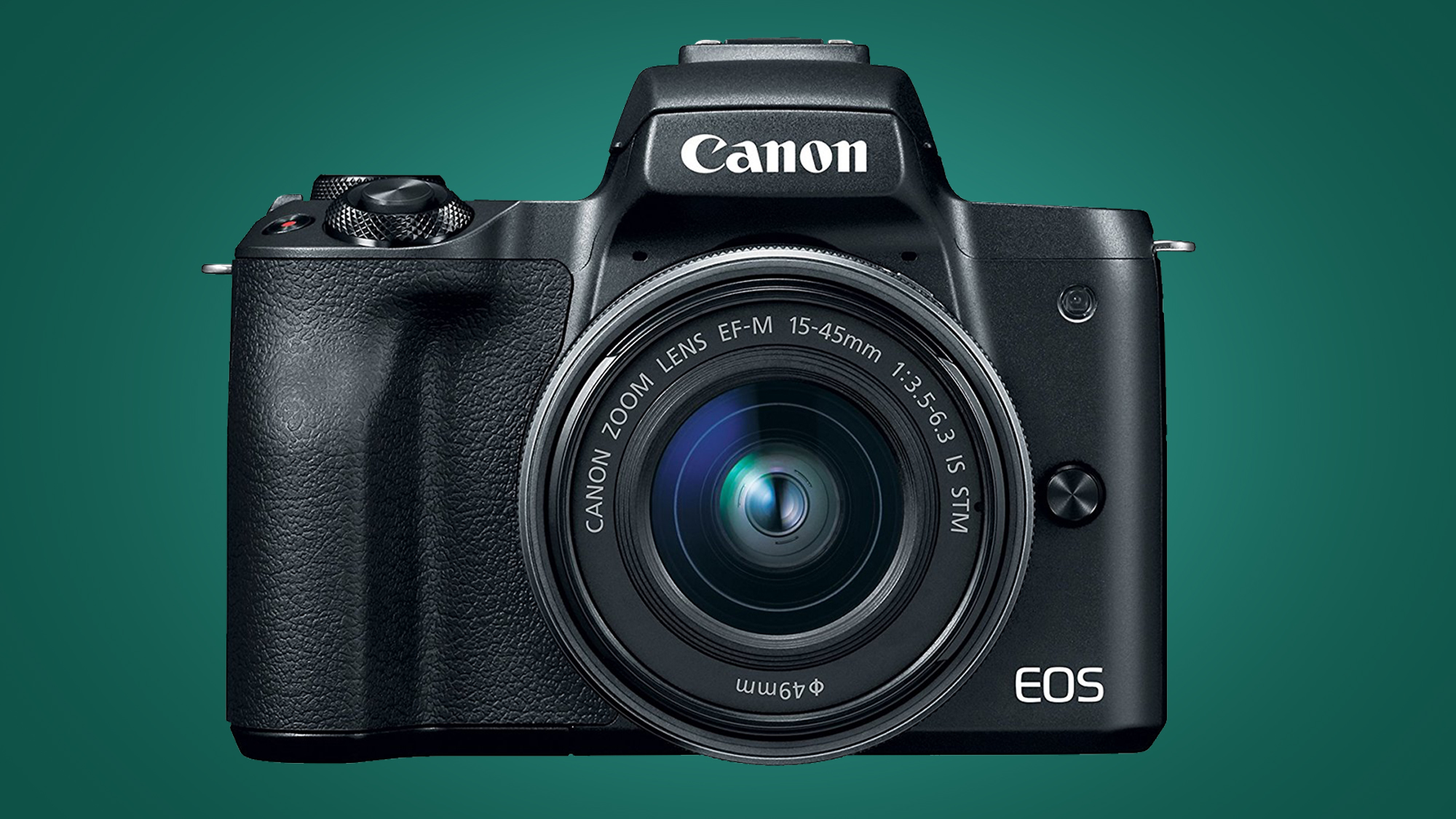
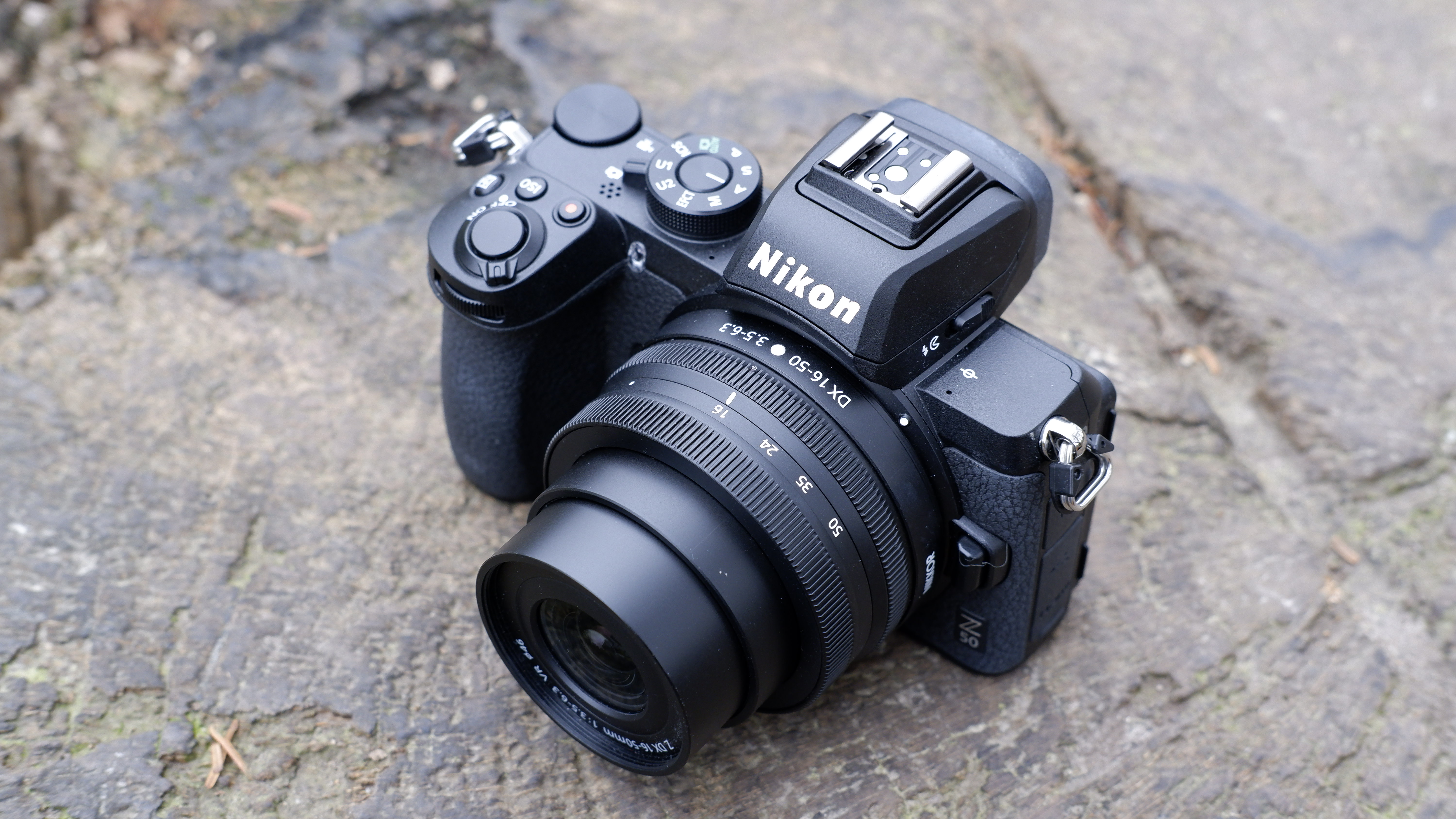
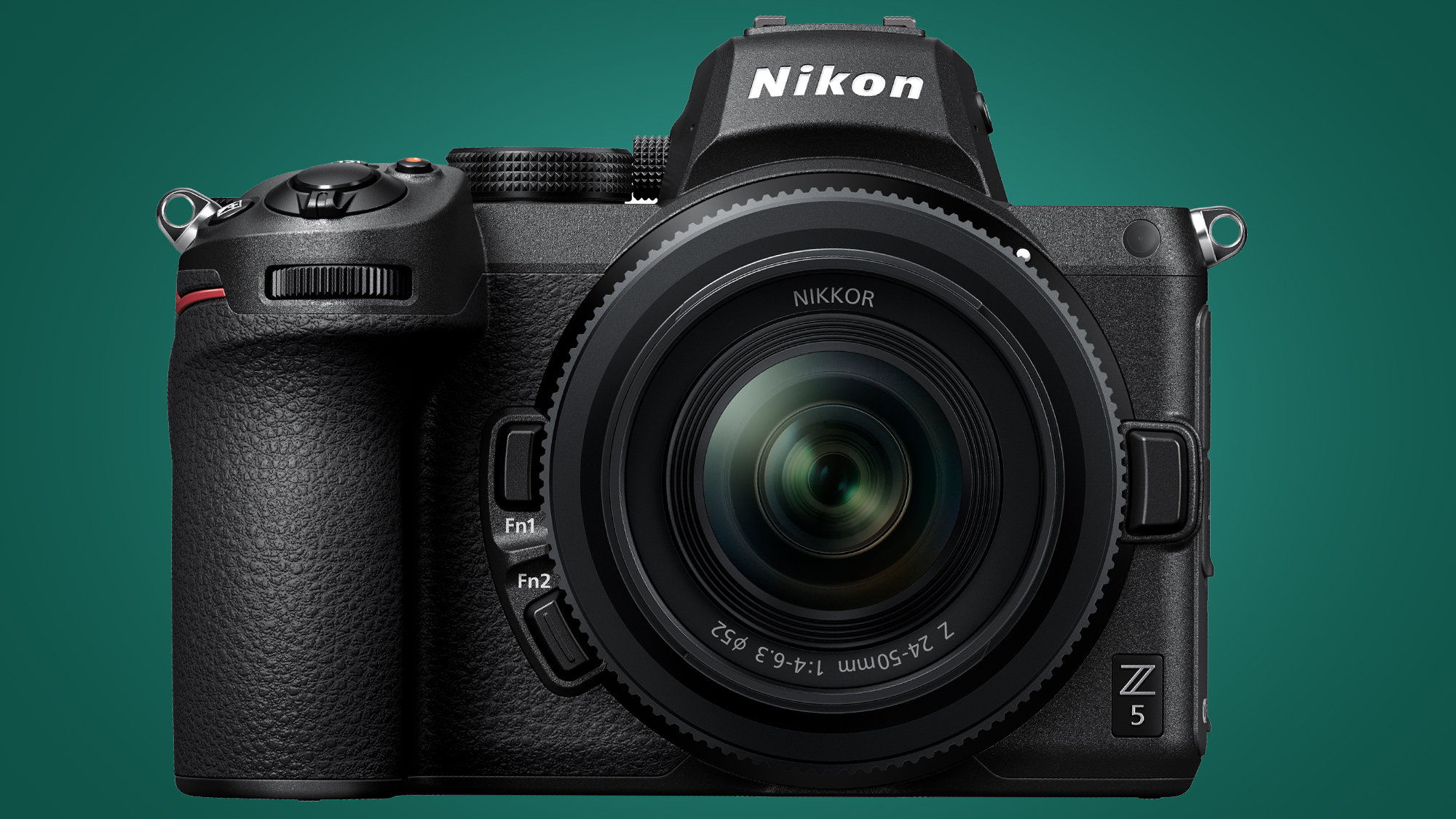
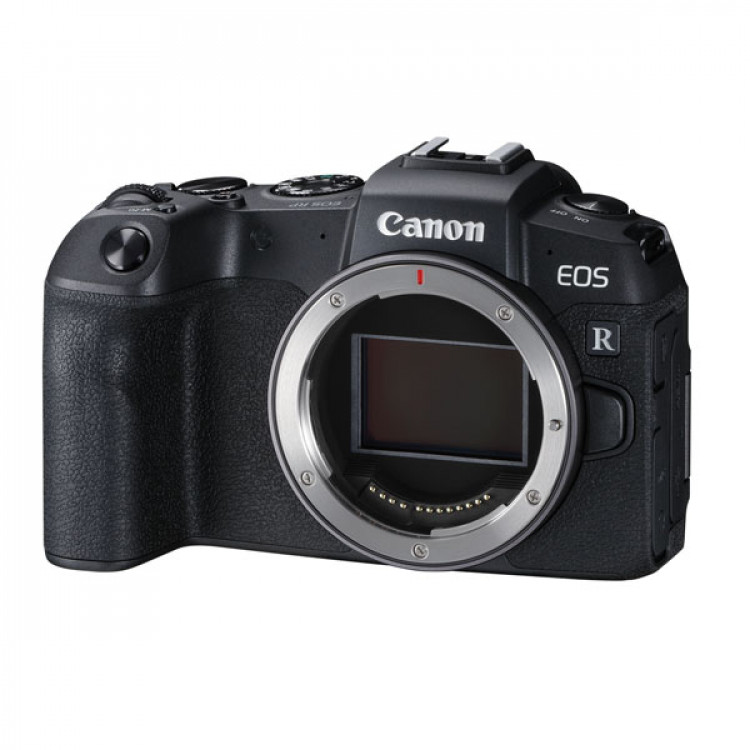
Making its debut in late 2019, the Nikon Z50 is an excellent mid-range, enthusiast camera. As well as being popular for beginners, it’s a great option for travel, with its smaller proportions making it easy to transport. It shares the same Z mount with its full-frame siblings, but there have been a number of lenses specifically designed to match the smaller chassis, such as the 16-50mm f/3.5-5.6 pancake lens which you’ll generally find bundled with the Z50.
The screen and viewfinder of the Z50 are both impressive, with the the former tilting downwards and forwards, making it useful for shooting selfies and possibly even vlogs – though it’s not possible to mount the camera on a tripod and flex the screen at the same time, annoyingly.
Importantly, image quality is very good from the 20.9MP sensor, and there’s also 4K video recording and a 209-point AF system that puts in a decent performance. In essence, the Z50 is a lot like using a miniaturized version of the higher-level Z6/Z7 models.
By contrast, Canon’s EOS M50 is now three years old – and while in some ways it’s beginning to show its age, it’s still a cracking little camera for lots of different users. The recently announced Mark II has done little to address those age concerns, too.
The sensor offers a 24.1MP resolution, and although it shoots 4K video, unfortunately it is cropped – so vloggers may find it a little on the restrictive side. Better news is the vari-angle touchscreen display on the rear, which is joined by very decent viewfinder.
Excellent proportions make the Canon EOS M50 a pleasure to use, with streamlined controls and an intuitive user interface. Unlike the Nikon Z system, Canon uses a different mount for its APS-C mirrorless models and full-frame options - which is frustrating as lenses can’t be shared between the two should you decide to upgrade at a later point.
Other entry-level models are also available and are worth considering, with two full-frame models for those who are keen to progress to the larger format. Canon has the Canon EOS RP, while Nikon has the Nikon Z5. Both distill the vital elements of the company's full-frame mirrorless offerings into more affordable packages, but with a number of trade-offs that come from the cheaper price.
Winner: Nikon Z50

Canon vs Nikon: High-end mirrorless
These days, the capabilities of modern mirrorless cameras mean they easily match, and often outdo, their DSLR counterparts. As such, they’re the perfect tools for advanced hobbyists and professionals who want the very latest camera technology.
Both Canon and Nikon offer excellent high-end mirrorless cameras, all with full-frame sensors. In the Canon camp you have the fairly recently announced Canon EOS R5 and Canon EOS R6, a duo of exceptional models that suit an extremely diverse range of shooting setups.
Meanwhile, its big rival has the Nikon Z7 II and Nikon Z6 II, also new to the market, boasting improvements on Nikon’s original full-frame models which debuted a couple of years back.
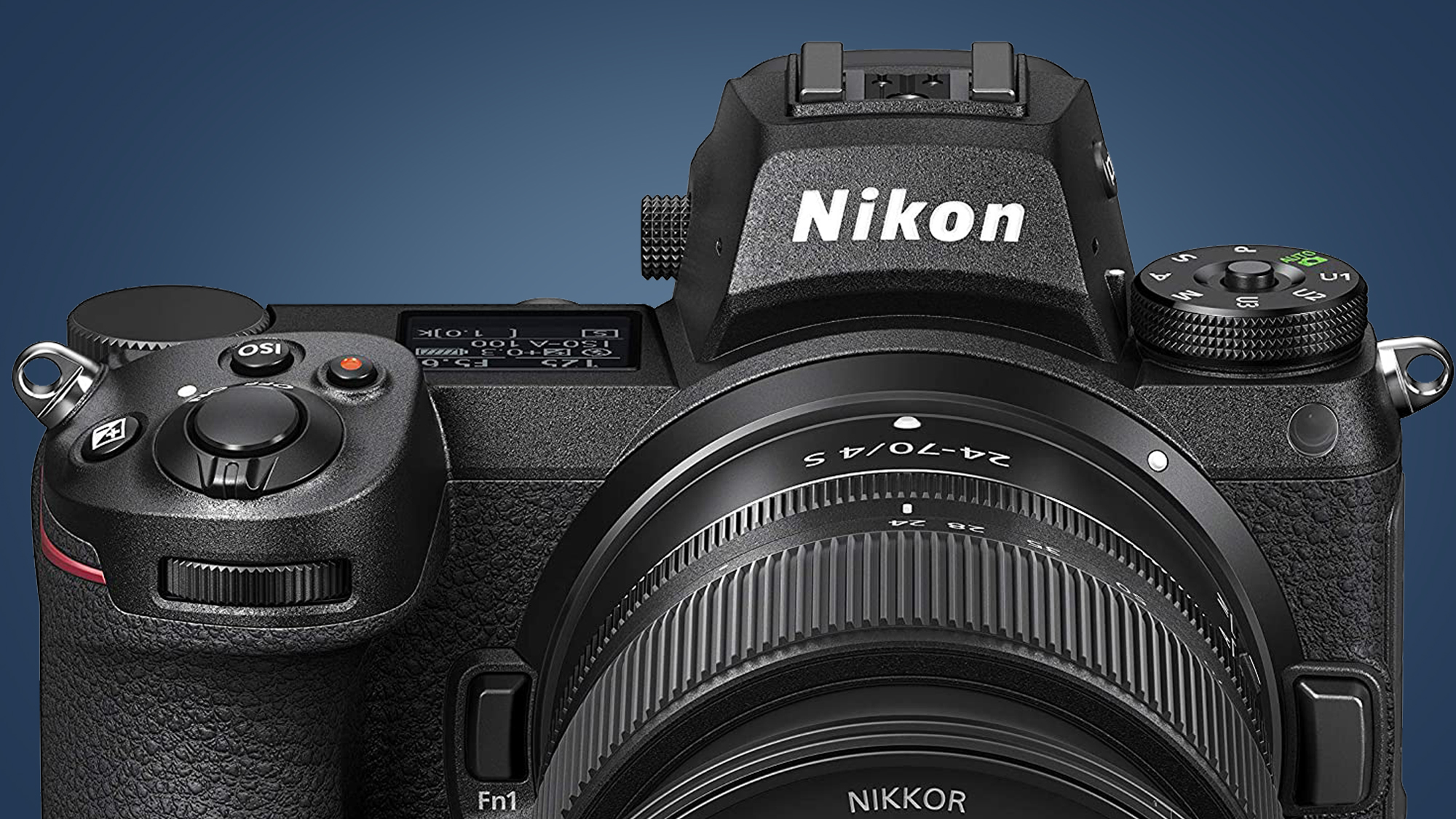
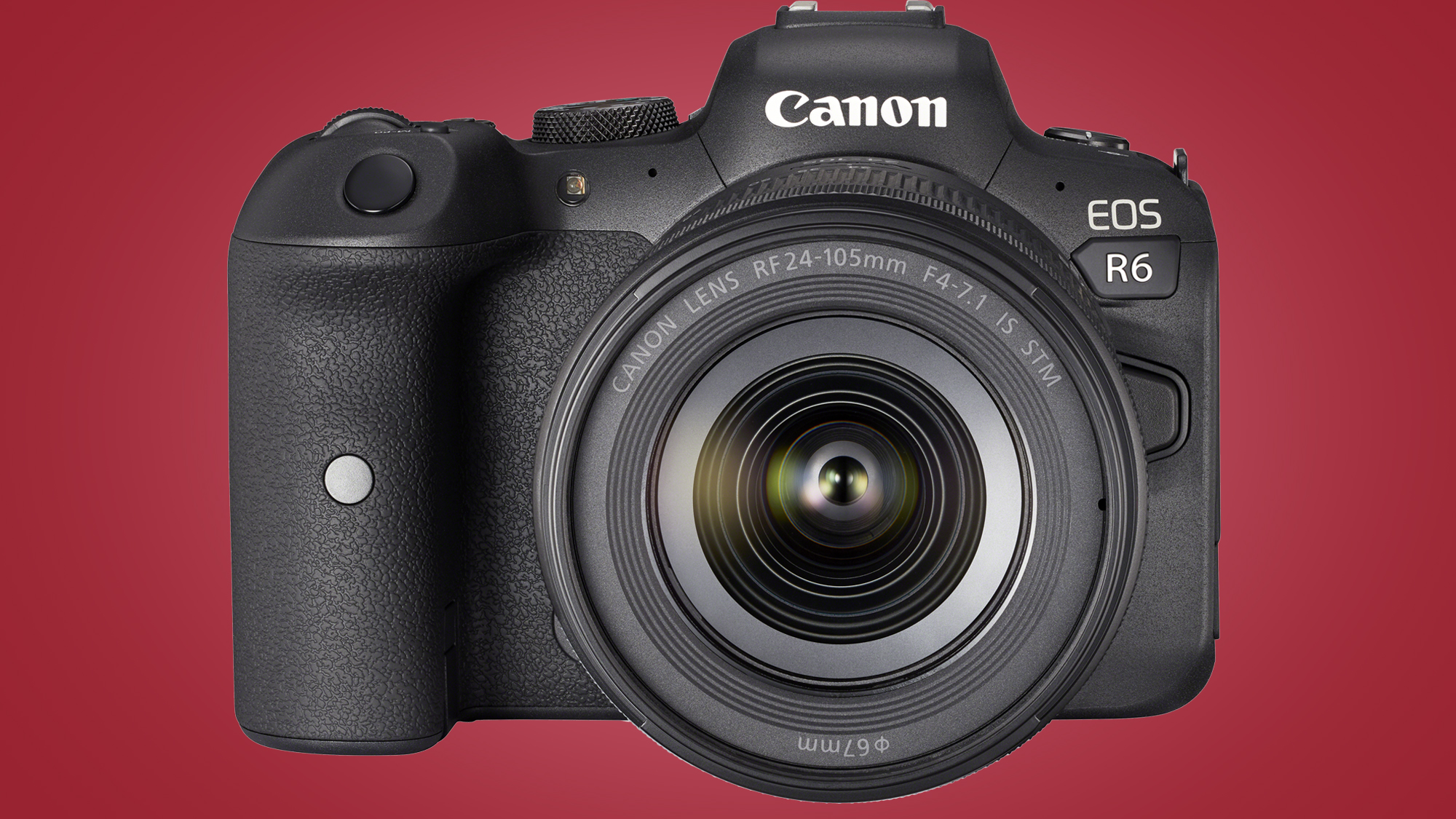

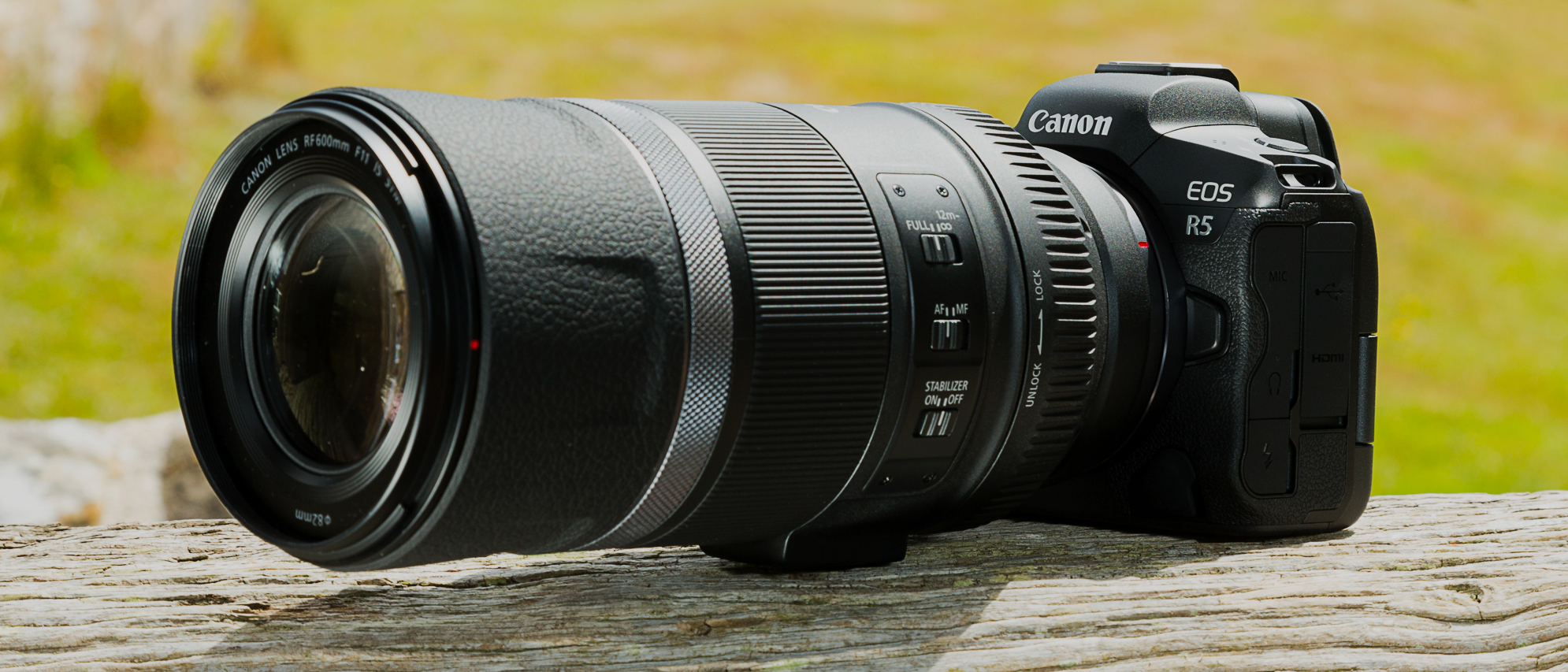
The Canon EOS R5 is almost certainly Canon’s best-ever stills camera, being an incredibly powerful tool which delivers exceptional results for almost every kind of photography. Its superb autofocusing system, matched with 12fps shooting, makes it adept at keeping up with fast-moving subjects, while in other areas – such as low light – it also performs well.
On top of that, handling is great, with an optical viewfinder that is virtually indistinguishable in use from the optical devices used in DSLRs. Video-makers will be drawn in by the 8K video spec headline, the excitement for which is tempered by some overheating issues. For the ordinary user who is supplementing stills work with video, it’s less of a problem, though.
For a professional-level system, naturally, there’s a professional-level price to pay. As such, for those who are more budget conscious, there’s the Canon EOS R6. Targeted more squarely at the high-end enthusiast than the professional, it also features superb autofocusing, 12fps burst shooting, an ergonomic design and the ability to record 4K video.
Squaring up to Canon’s efforts are the Nikon Z7 II and Nikon Z6 II, which although impressive in their own right, don’t quite match up to the Canon’s superlative performance.
Both are an evolution of the original Z7 / Z6 models, and as a result, the latest incarnations offer more of a tweak of the originals than an outright revolution. Both share the same body design, so it will be the internal specifications – or perhaps the price – which will help you choose between the two.
Big news for the Z7 II / Z6 II is the addition of a second memory card slot, a huge criticism of the original models which help to give peace of mind for those looking to make backups they shoot. Otherwise, you get the same superb handling as we already saw, with a chunky grip and sensible button layout. The viewfinder is excellent – if not quite as high-spec as the Canon equivalent – while the tilting screen is also useful.
Internally, the Z7 II is the higher resolution of the two, but the trade off is a slower max frame-rate. Autofocusing is decent, but action shooters are likely to be disappointed – especially in comparison to what Canon is capable of with the R5 / R6. Both the Z7 II and Z6 II offer 4K video recording at 60p, making them both good all-rounder type cameras for those who like to record both stills and video.
Comparing Canon and Nikon’s efforts side by side shows us that Canon is the clear winner – however, it’s worth considering the price point. While it’s true that the Canons have more to offer, they also cost more, too. It’s also worth pointing out that for photographers who are mainly concerned with still - or slow - subjects, it’s unlikely you’ll be disappointed by the Z series.
The best is arguably yet to come here from both Nikon and Canon. We've had development announcements of both the Nikon Z9 and the Canon EOS R3. These high-end professional-level mirrorless systems will square off against each other, showing off exactly the tech prowess that each brand has to offer.
Winner: Canon EOS R6
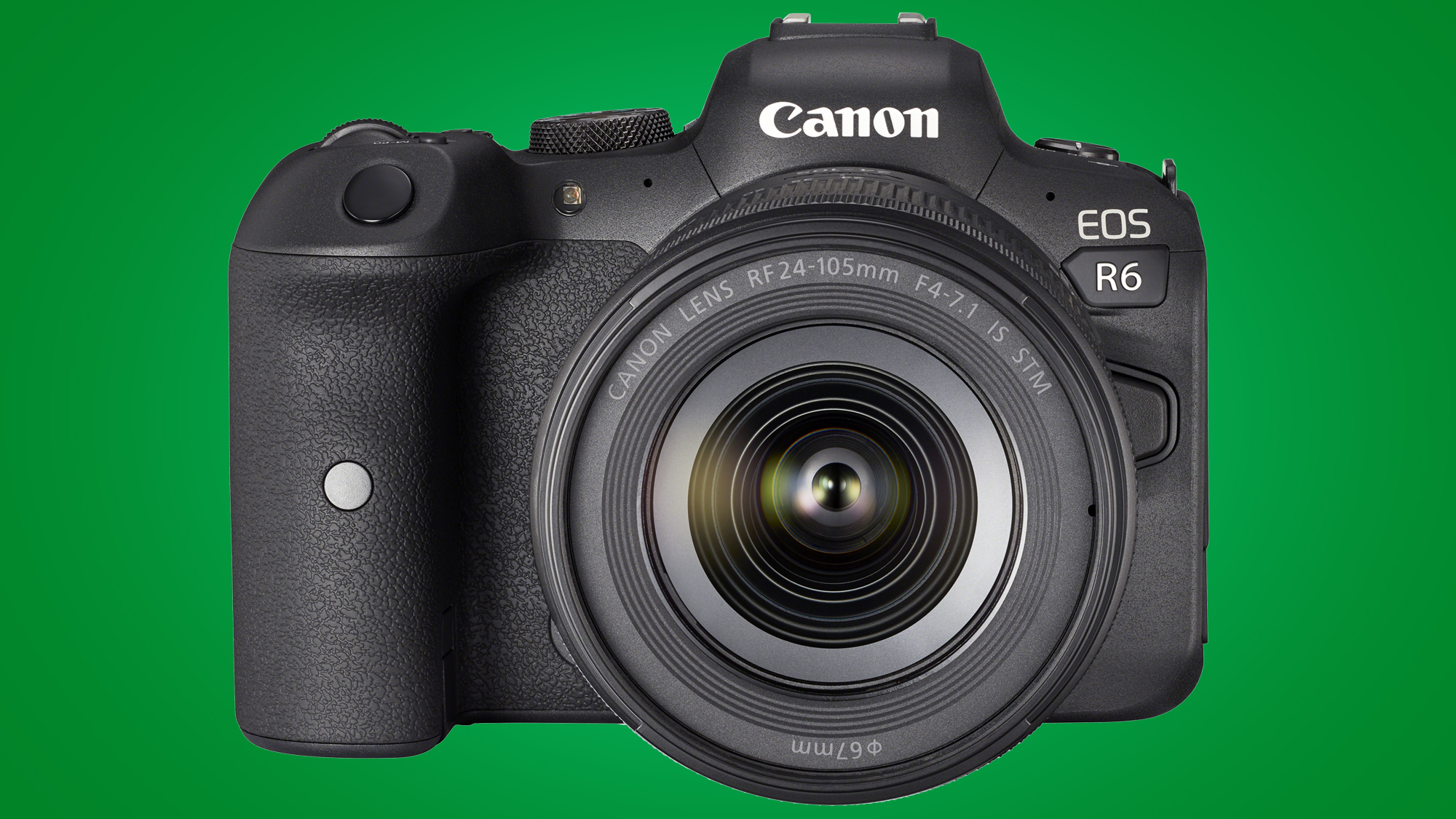
Canon vs Nikon: Beginner-friendly DSLRs
Generally we consider anything under the £500/$500 mark to be the benchmark for entry-level buyers. Luckily, if that’s your budget there’s plenty to choose from.
Although both Canon and Nikon have been concentrating on mirrorless recently, there's still an excellent range of DSLRs that can be picked up at affordable prices. As the technology is generally older, you'll normally find them at cheaper prices than equivalent mirrorless cameras. You might also see good discounts and cashback offers on these older models, too.
As it stands, the best current options are the Nikon D3500 and Canon EOS Rebel SL3 / EOS 250D, with the former edging it in our book.
The Canon EOS 250D sits towards the upper end of the company's entry-level options. The cheapest options you can pick up are the Canon EOS 4000D (known as the EOS Rebel T100 in the US) and the Canon EOS 2000D (known as the EOS Rebel T7 in the US).
The Canon EOS 250D (known as the Rebel SL3 in the US) is the newest of the entry-level models, while you can still find the older Canon EOS 200D (the EOS Rebel SL2 in the US) in some stores.
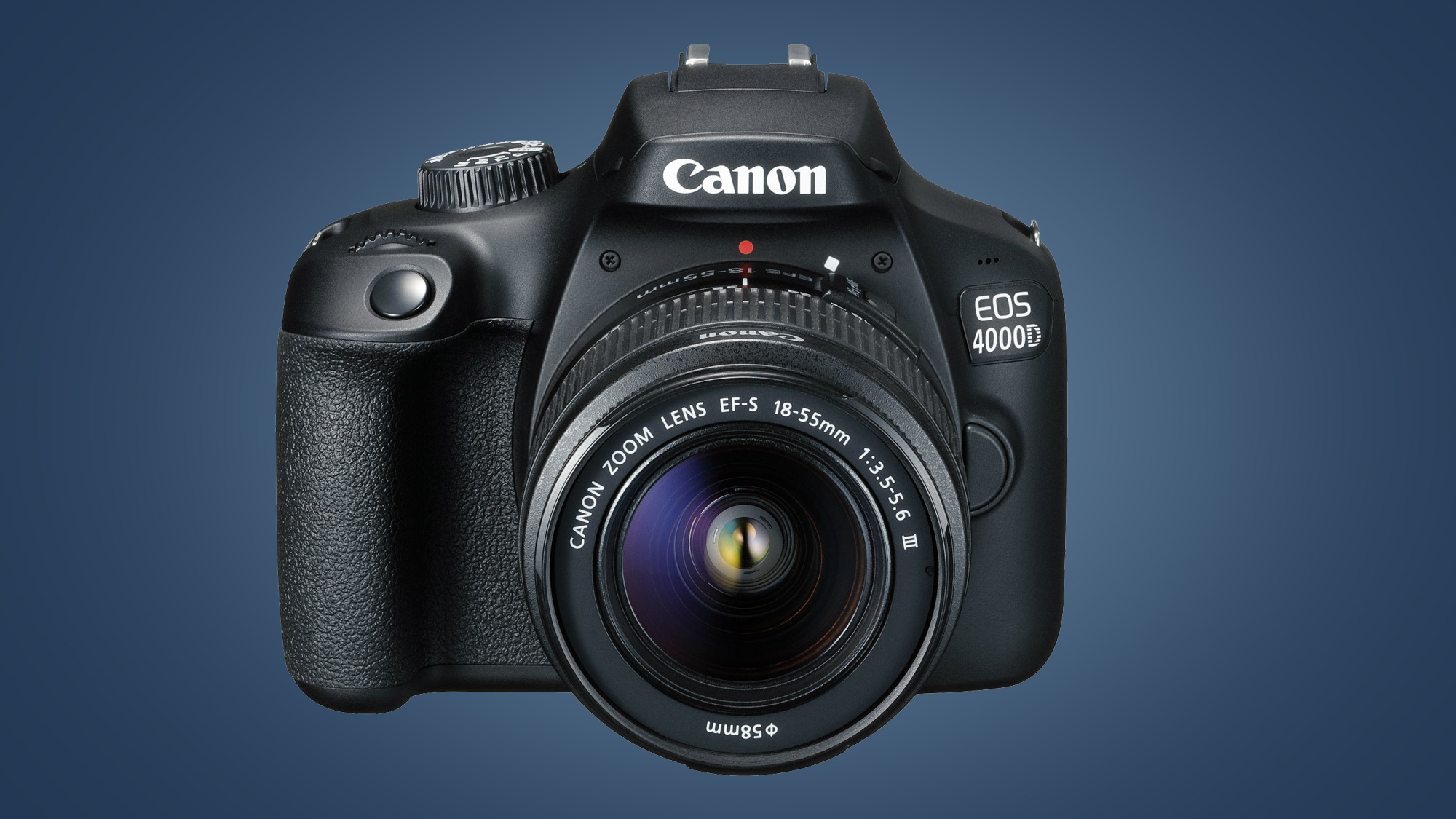
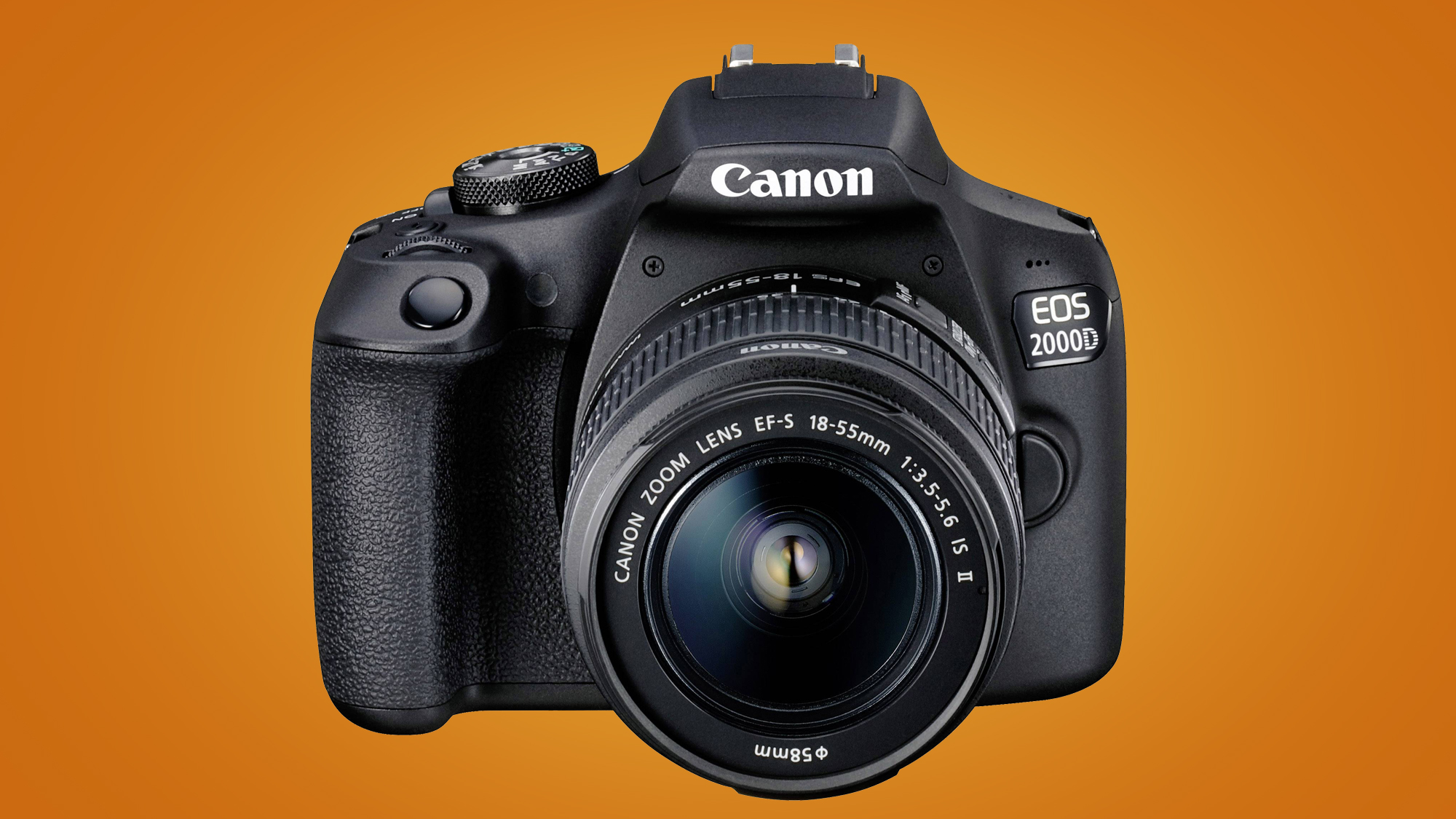
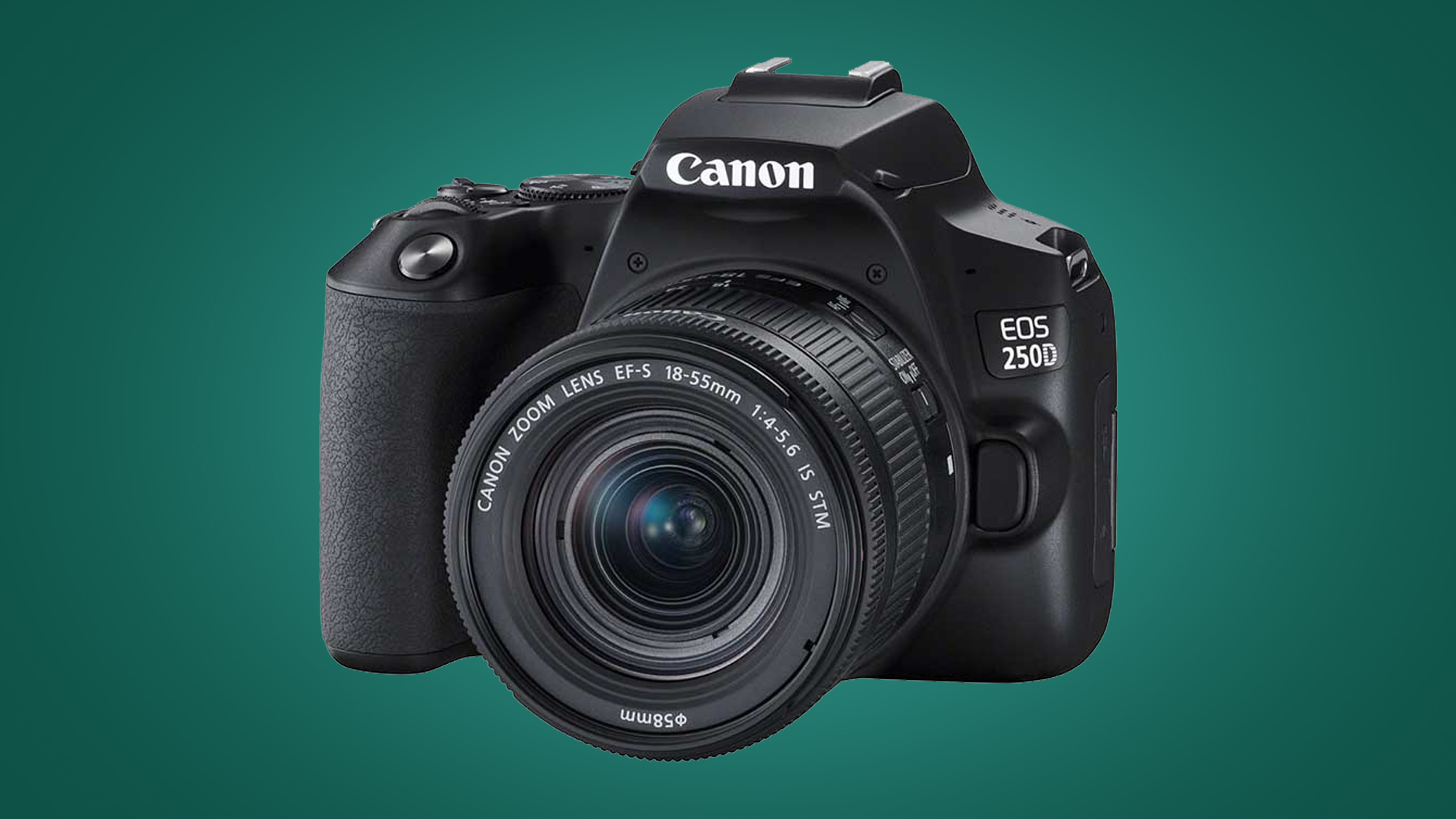
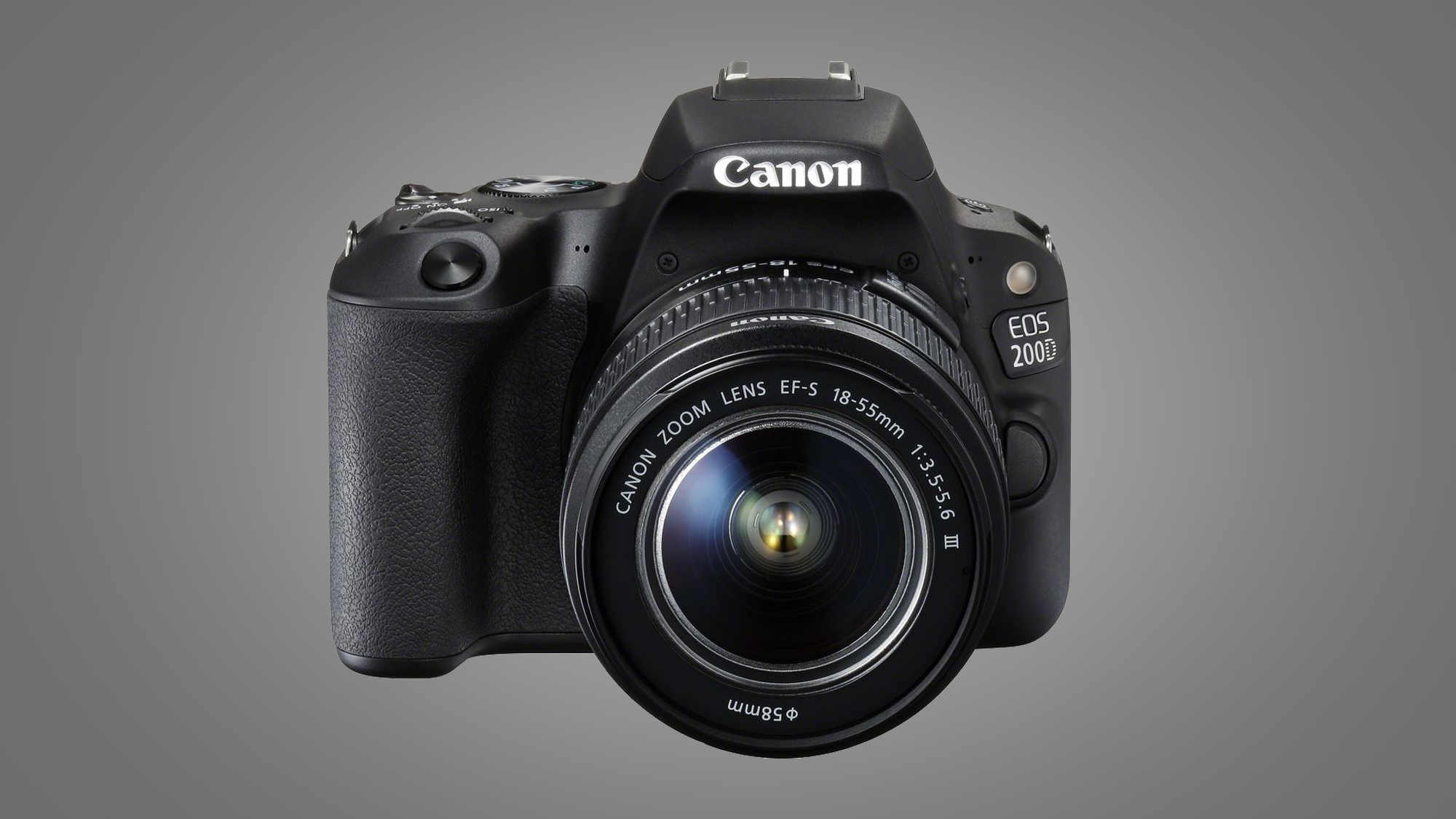
So what are the differences? The cheapest model, the Canon EOS 4000D / EOS Rebel T100 is very affordable, but you have to be prepared for some fairly big compromises. It features an 18MP sensor, a plastic lens mount and a less than mediocre 2.7-inch display – in short, it’s worth saving up for a bit longer and buying something of a better quality if you can.
Step forward the Canon EOS 2000D (EOS Rebel T7). For your extra cash you get a jump in resolution (24.1MP from 18MP), plus a better screen for a much better user experience.
Invest even more money and you’ll end up with the Canon EOS 250D (EOS Rebel SL3), which has a newer 24.2MP sensor, along with Canon’s Dual Pixel AF system which comes in handy when using Live View (or video recording, which is available in 4K). It can also shoot at 5fps, which while not blisteringly fast, can be handy for capturing moving subjects. There’s also a handy vari-angle touchscreen, and the latest Digic 8 processing engine. The downside is a fairly basic 9-point autofocus system, but it’s a great camera to learn with.
Nikon has been a little bit quieter recently when it comes to entry-level models, but in the current line-up we have the Nikon D3500, which is our currently number one in our list of the best beginner DSLRs. You might also be able to find the Nikon D3400 on sale in some stores. Both have 24.2MP sensors, with an 11-point AF system and 5fps shooting. The Nikon D3500 has a better battery life, a larger handgrip (for better comfort) and a redesigned sensor.
Overall, at the cheapest end of the market, there isn’t a huge amount of difference between the two manufacturers. That said, Canon has launched beginner-level models more recently, so you’ll get newer tech if you opt for one of those. If your budget is quite fluid, we’d suggest the Canon EOS 250D, but if need to keep it tight, the Nikon D3500 is the best first-time choice.
Winner: Nikon D3500
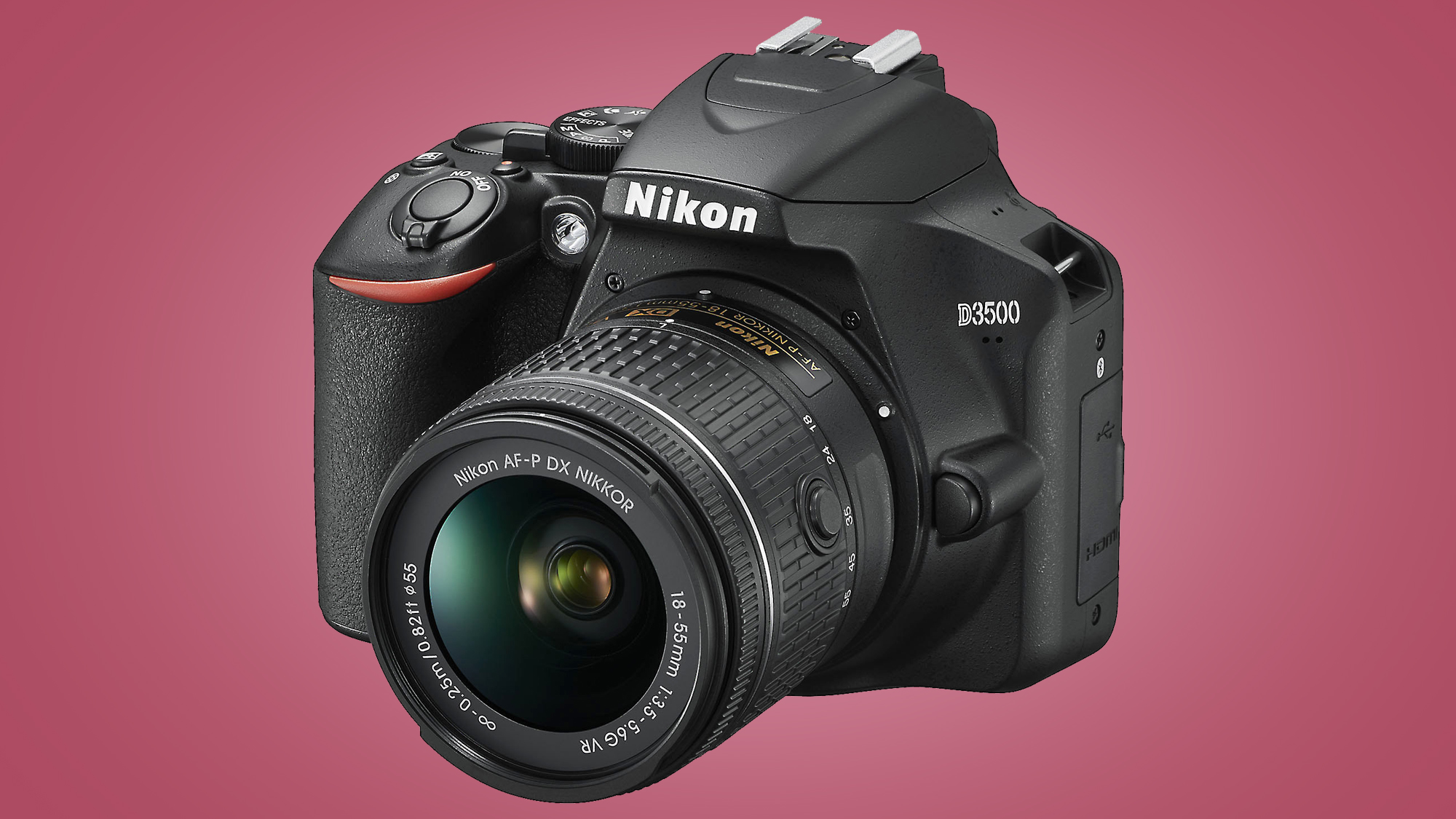
Canon vs Nikon: Mid-range DSLRs
If you’ve got a bit more wiggle-room in your budget, the next step up is the 'mid-range' camera. In recent years, these models have thinned out a bit – so you might want to jump to the next section (enthusiast), if you’re looking for something to cater for a wide variety of shooting needs.
Still, in Canon’s current-line up in the 'mid-range' level is the newer-of-the-two Canon EOS 850D, while Nikon has the Nikon D5600 in its arsenal.
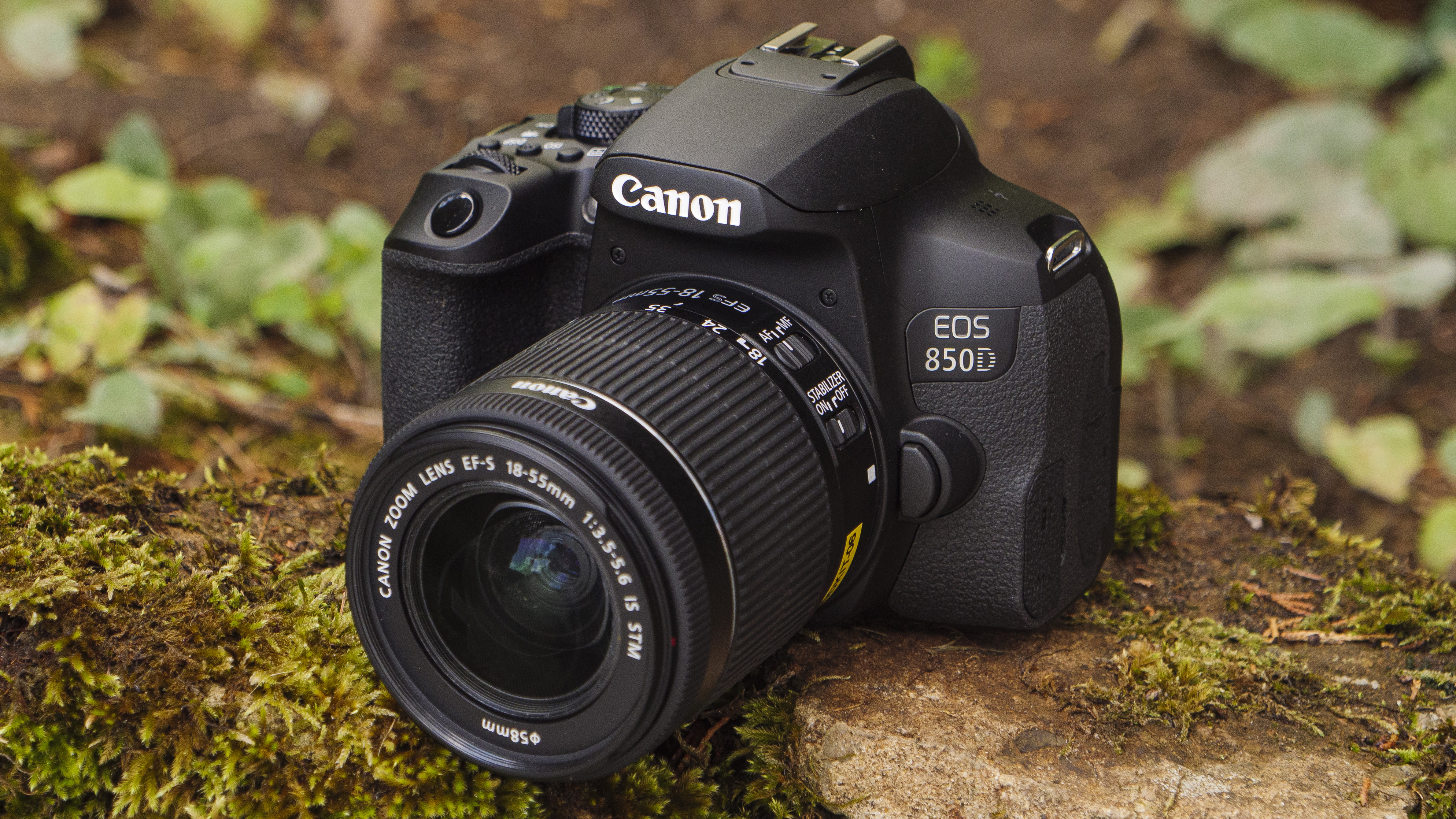
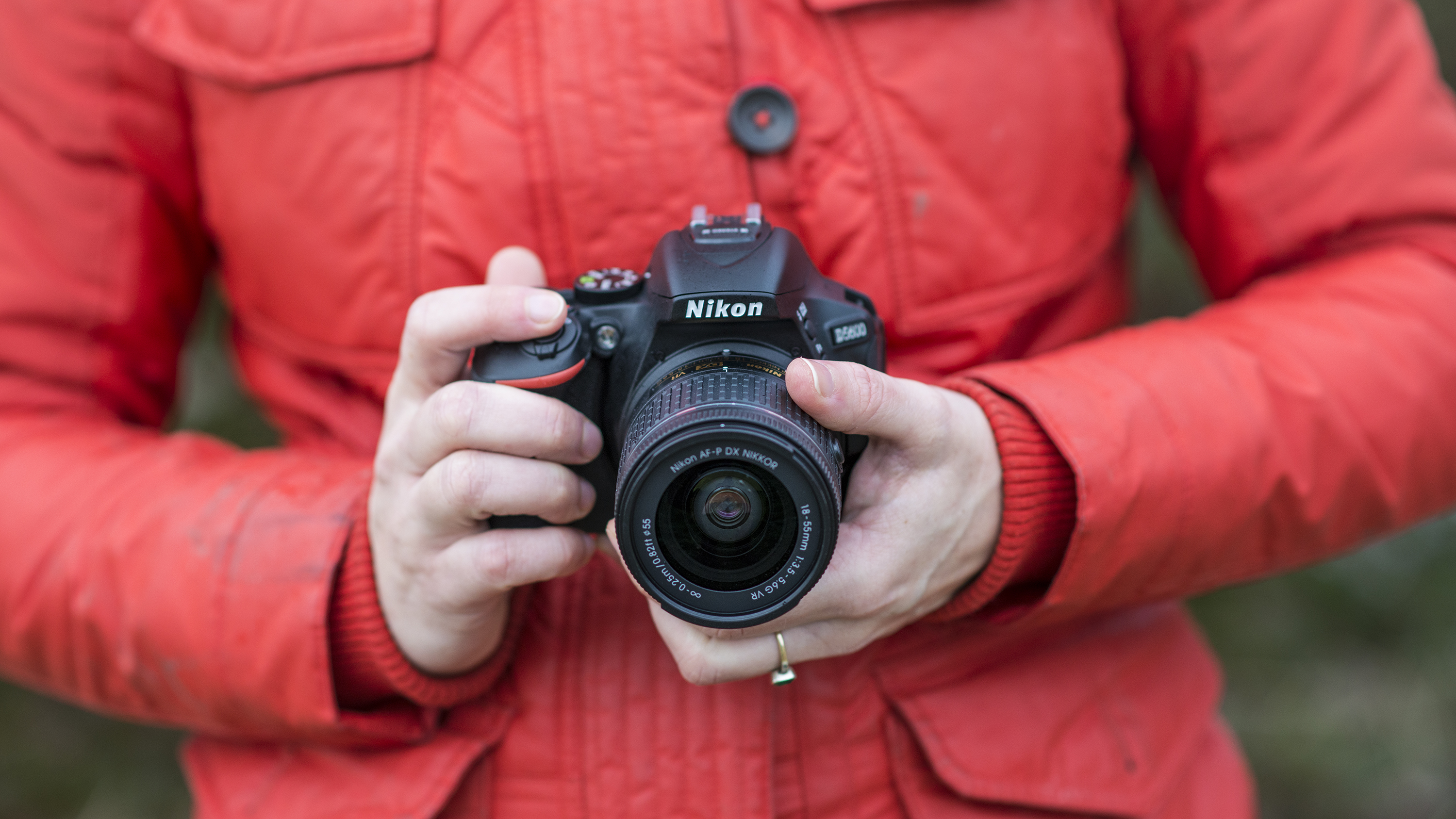
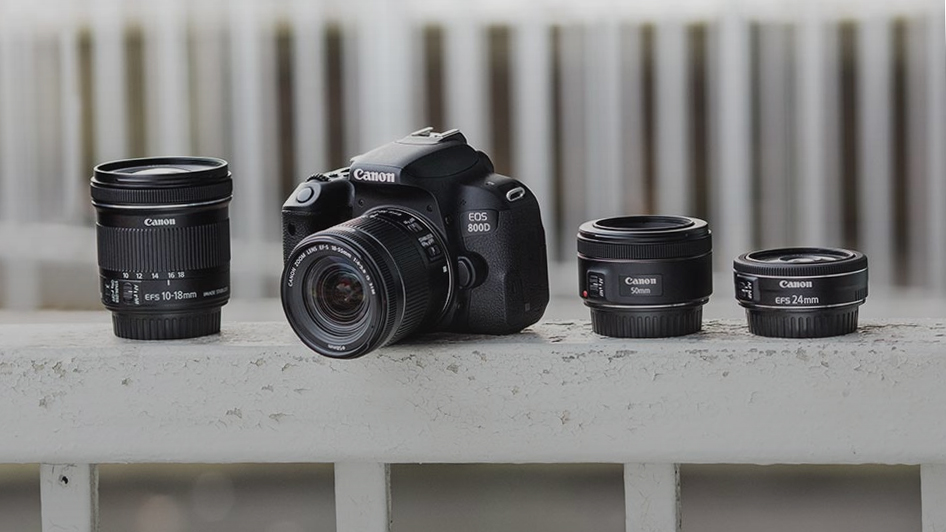
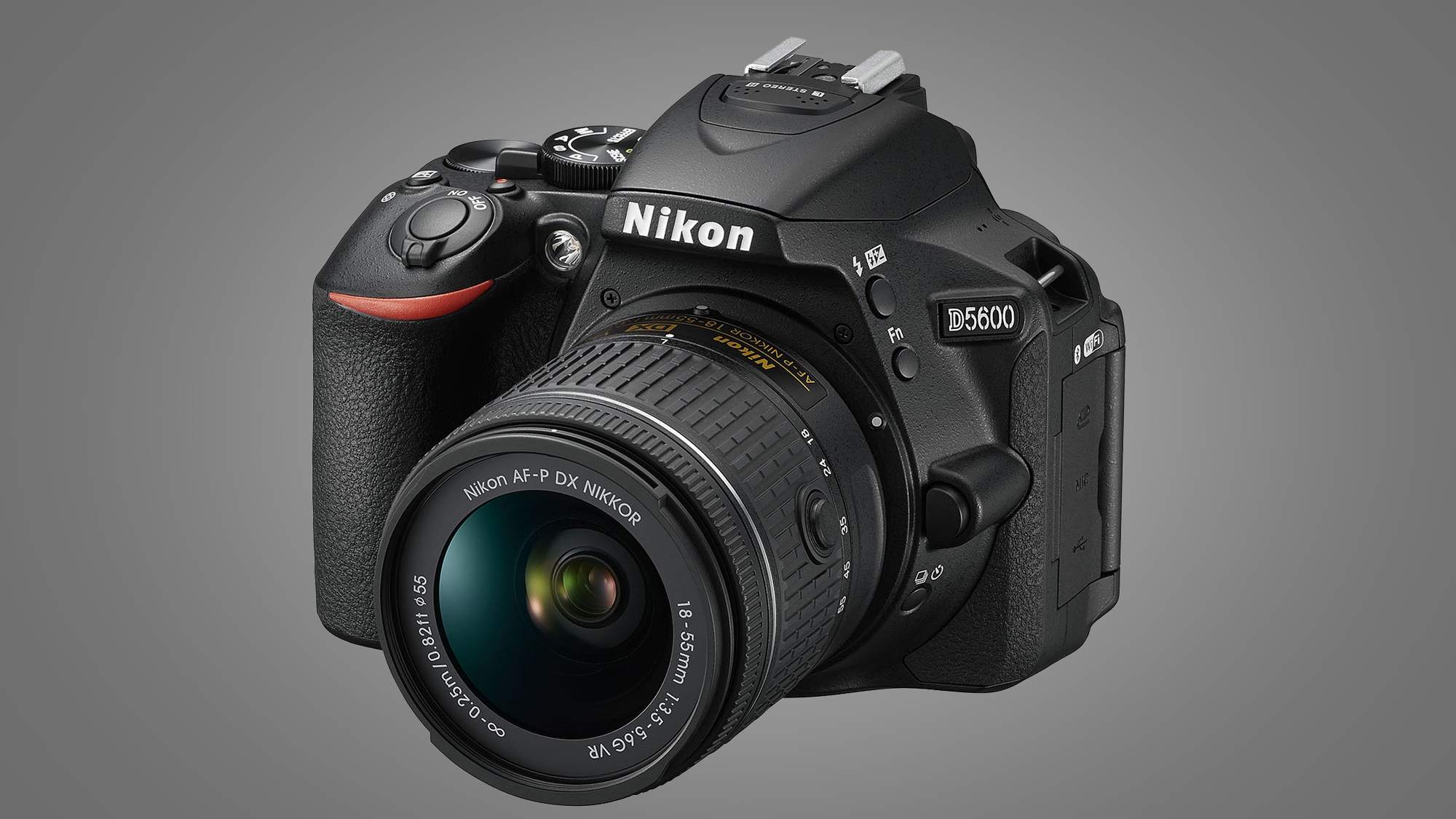
Announced at the start of 2020, but marred by delays thanks to Covid, the Canon EOS Rebel T8i / EOS 850D is essentially a modest refresh of the 800D, bringing it more in line with up-to-date expectations, such as 4K video.
Cameras like this do little to outdo beginner-friendly mirrorless models, but if you prefer the handling of a DSLR, the 850D is a decent mid-range choice. Perhaps you’ve already got some EF-mount lenses kicking about and want a new body to go with them.
Handling is good, albeit with a slightly plasticky body. It’s got a nicely chunky grip and a decent array of control dials and wheels. Image quality is very good, while perhaps one of the big plus points for cameras like this is its extensive battery life – exceeding most mirrorless options by quite some way.
If you already own the 800D – or perhaps you can find it cheaply somewhere – there isn’t a huge amount to tempt you to upgrade, unless you’re particularly keen on 4K video (but bear in mind it has a significant crop factor which limits its appeal somewhat).
Meanwhile, the Nikon D5600, despite being quite some way older than the EOS Rebel T8i / 850D, offers a similar shooting experience. It also has a 95% viewfinder and a plasticky finish, but it's also missing 4K video – if you're mainly concerned with stills, though, then that shouldn't bother you too much. More positive aspects are its good image quality, a well-performing 39-point AF system, plus a comfortable design.
The Canon just about edges it, mainly due to those limited video specs on the D5600, but it is a very close call. It’s hard to pick between these two cameras – with them both sharing similar specifications, it might come down to your budget – in which case, the D5600 is the better value of the two. Both are good 'step-up' cameras, and they’d also make ideal choices for first-time buyers. Head to the 'enthusiast' section if you’re looking for something with a little more power, though.
Winner: Canon EOS Rebel T8i / EOS 850D

- Best Canon lenses: 10 top options for Canon APS-C DSLRs
- Best Nikon lenses: 10 top options for Nikon APS-C DSLRs
Canon vs Nikon: Enthusiast DSLRs
Once you’ve outgrown your first DSLR, or need something which can handle more challenging shooting situations, then you’ll be looking towards Canon and Nikon’s enthusiast options. Today, these are headed by the Canon EOS 90D and the Nikon D7500.
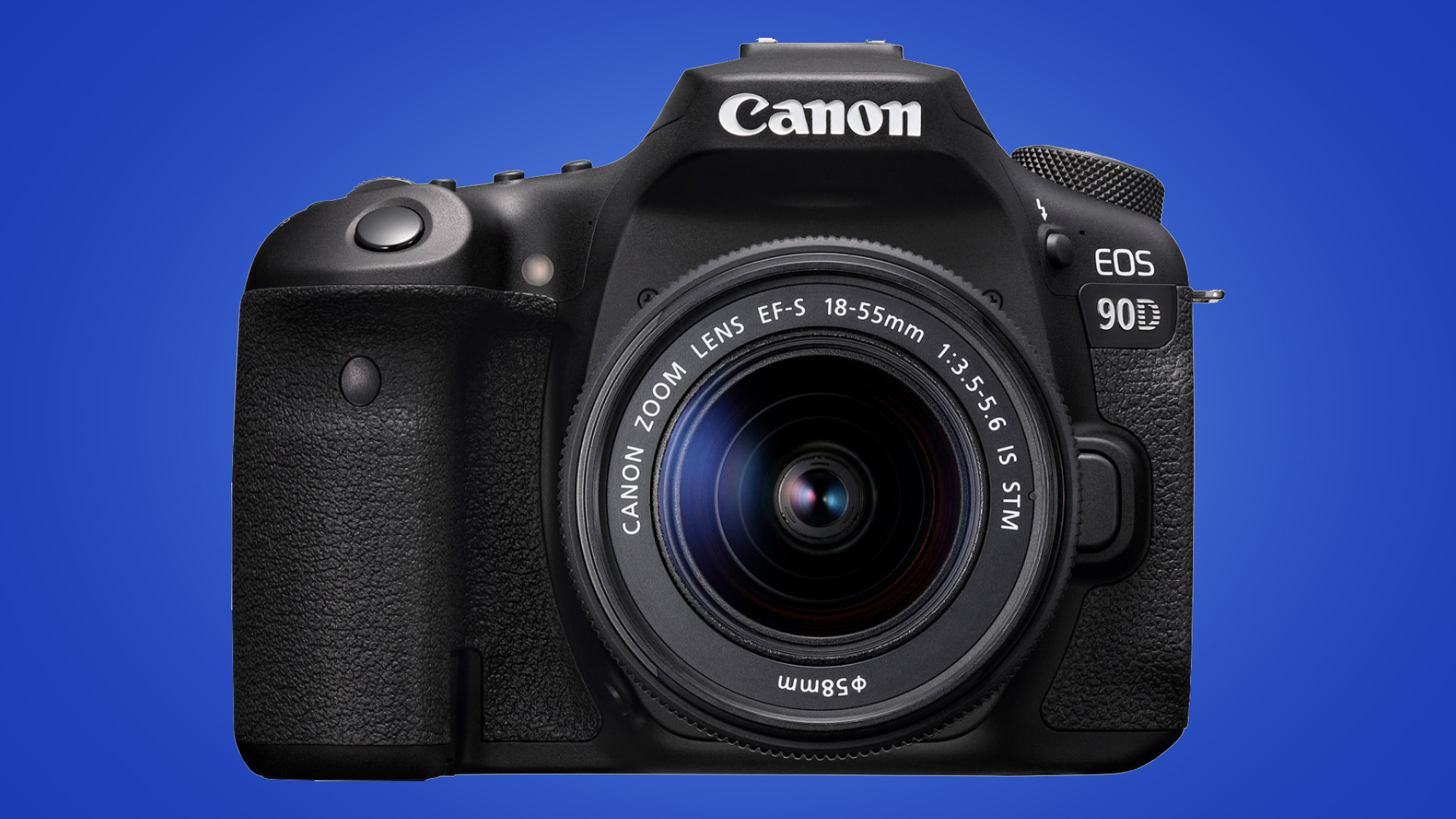
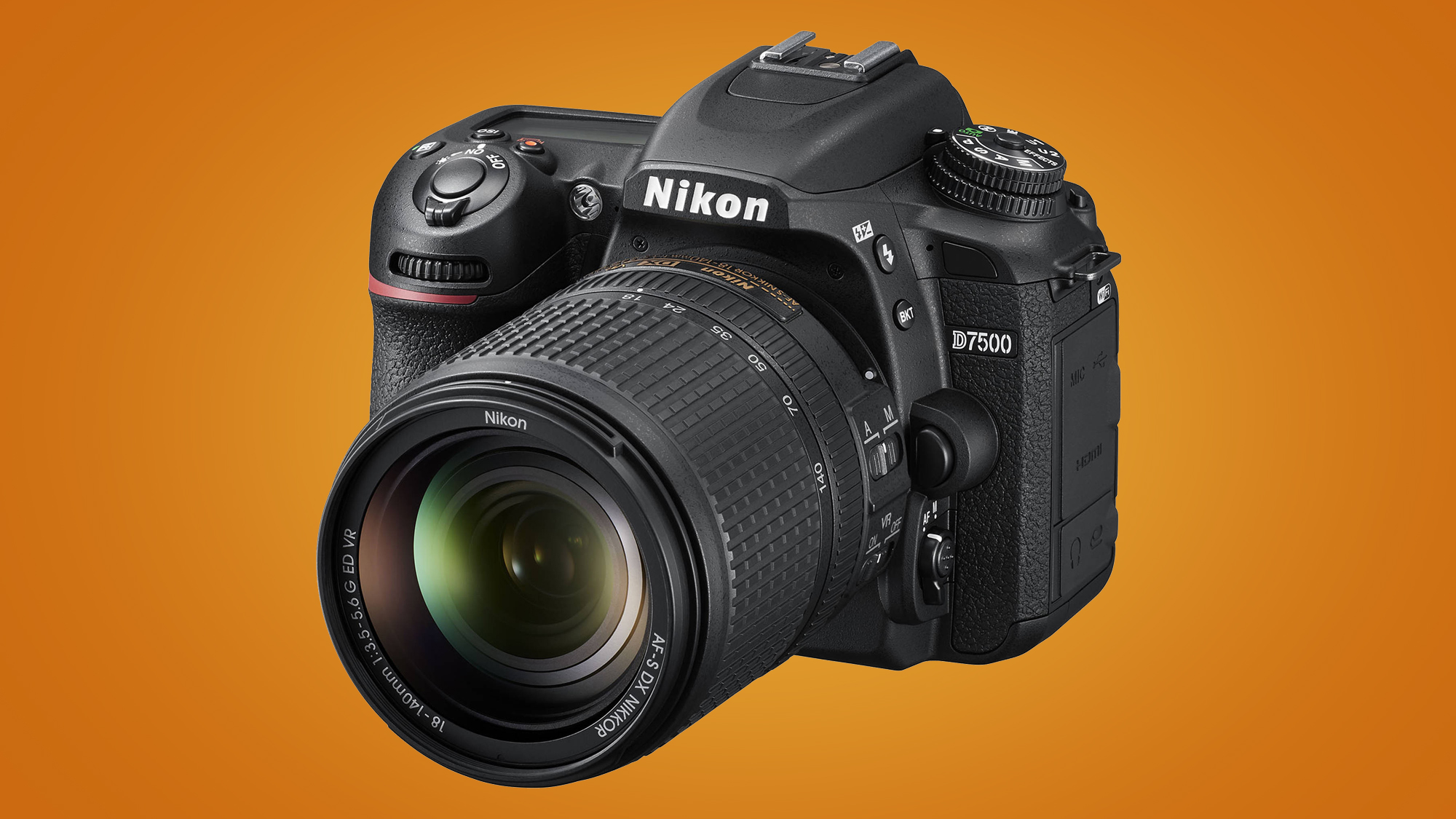
Both the Canon EOS 90D and the Nikon D7500 sit in the same kind of category, but being the newer of the two, the Canon is more expensive. That said, given that the EOS 90D inherits some high-end features from models above it, you could argue that it offers better value for money.
The Canon EOS 90D includes the highest resolution sensor you’ll find in an APS-C body, at 32.5MP. You also get great handling with lots of dials and controls, a long battery life, an optical viewfinder which offers a 100% view and uncropped 4K video recording. That’s a lot of bang for your mid-range buck.
Although older, the Nikon D7500 doesn’t fare too badly in comparison. The biggest difference is the sensor resolution, which is a more modest 20.9MP – but you could very well argue that this makes the files easier to handle, as well as being better suited to low-light shooting. Otherwise, the specs are relatively similar, with a 100% optical viewfinder, 4K video recording and a good battery life.
At this point in your shooting career, you may well already be invested in a system. If you’re already toting a bag of lenses, we probably wouldn’t recommend jacking it all in to switch to a different camera at this level. But if we had to pick one, the Canon EOS 90D would be the winner, especially if budget is not too much of a concern.
Winner: Canon EOS 90D
Pro-spec APS-C DSLRs
There are some DSLRs which straddle the enthusiast and pro category. They feature APS-C sensors, but include a number of high-level specifications that advanced shooters are usually keen to get hold of.
Here, there’s healthy competition between the two brands, with them both offering very appealing models which are great all-round performers.
There’s the Nikon D500, which goes up against the Canon EOS 7D Mark II. Both are fairly old (in camera terms), but still have a number of class-leading specifications which are still worthy of your attention.

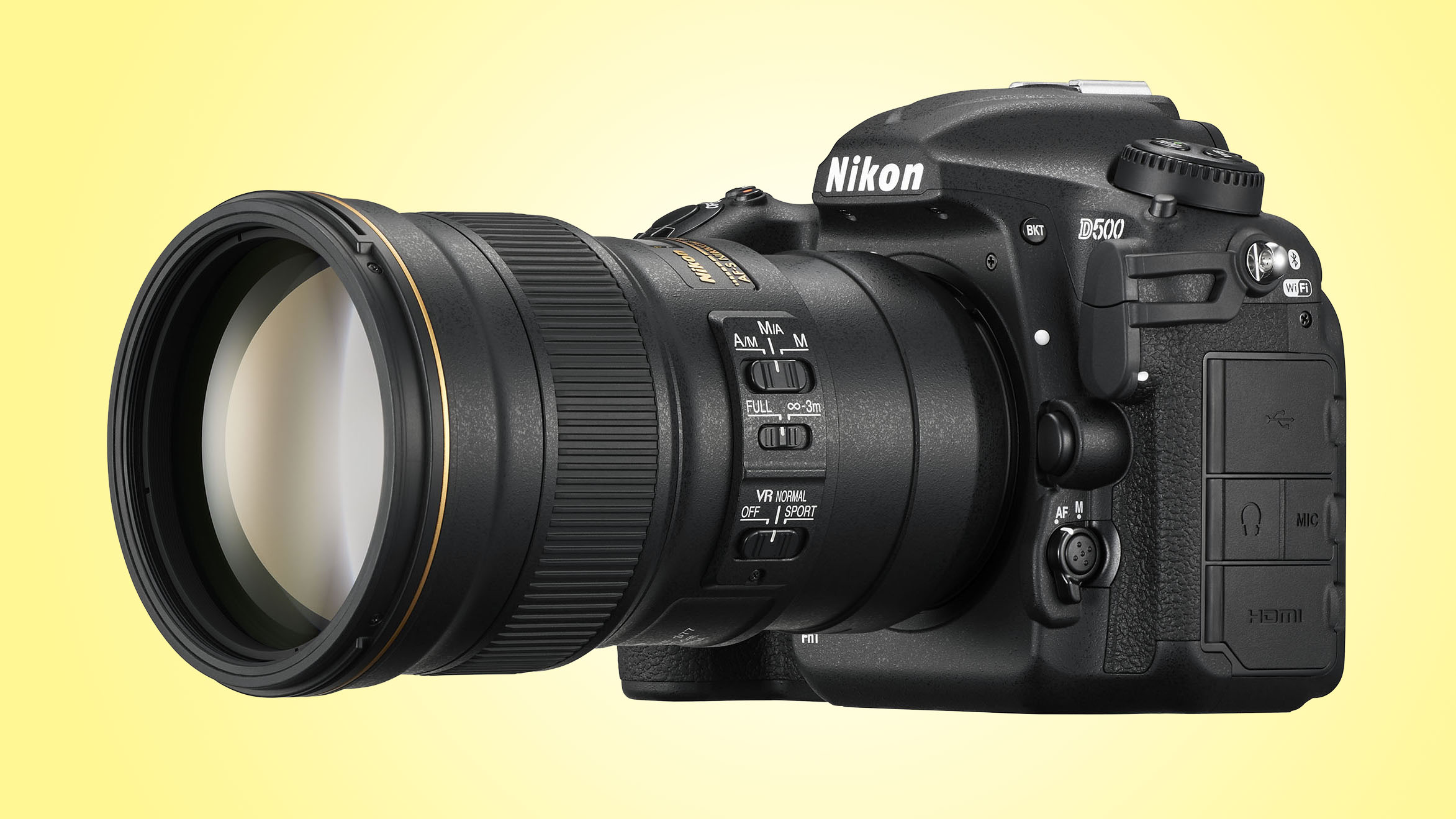
Although many pros will naturally head towards full-frame, having a crop sensor makes a lot of sense for wildlife and sports photographers, as you can get closer to the subject. Both of these models have also been designed with photographers who shoot fast-moving subjects in mind. The Nikon D500 has a 20.9MP sensor, while the 7D Mark II is a 20.2MP affair – so far, so similar.
Where the two diverge is in terms of the focusing systems. The Canon 7D Mark II offers a 65-point all-cross type AF system, while the Nikon D500 boasts 153-points (with 99 cross-type/55 which are manually selectable). Both cameras give you 10fps shooting, but when it comes to the buffer, the Nikon D500 is the clear winner – you should be able to shoot 200 raw frames before it’s full, compared to the more modest 31 from the Nikon.
There’s also a couple of areas where the Nikon comes out on top here too, such as 4K video recording and a larger, touch-sensitive screen. These specifications keep the D500 still looking relatively fresh some five years after its announcement. Meanwhile, the 7D Mark II, now over seven years old, is starting to show its age. In some respects, if you’re a Canon user you’d be better off plumping for the 90D, especially if video work is your forte.
Again, it stands a good chance that if you’re in the market for either of these models, you’ll already be fairly heavily invested in one camera system or the other. But if not, it’s the Nikon D500 that's the clear winner of the two here.
Winner: Nikon D500
Canon vs Nikon: Top range, full-frame DSLRs
Sitting at the top of the DSLR tree, you have the full-frame offerings.
Both Canon and Nikon offer a good range of full-frame options, with them generally being split into two price levels to cater to different audiences. From Canon, we have the affordable 6D Mark II, while Nikon has only very recently updated its entry-level full-frame model in the shape of the D780.
The Canon EOS 6D Mark II was the follow-up to the very popular 6D. It features a 26.2MP sensor, with a 45-point AF system, Dual Pixel CMOS AF and a vari-angle touchscreen. What it doesn’t give you, is 4K video recording and it only offers 6.5fps shooting. However, with it now being close to three years old, it’s a much cheaper proposition than the more recent Nikon D780.


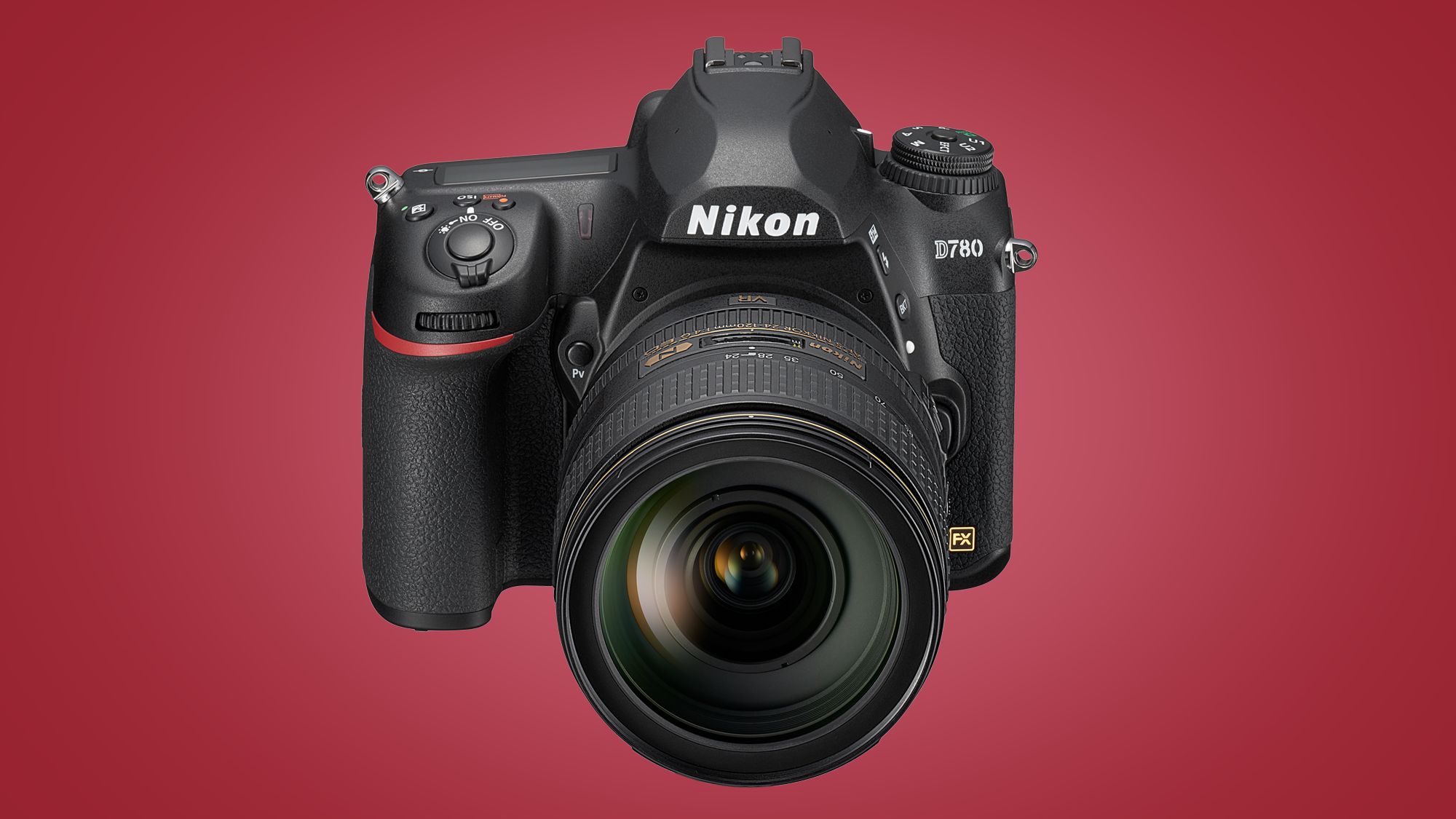
After the popularity of its mirrorless models, Nikon has essentially distilled many of the things that were great about its Nikon Z6 camera and housed it inside a DSLR body with the D780. This is great for those who prefer the handling of these cameras (and perhaps have a slew of DSLR lenses ready to go).
The D780 has a 24.5MP sensor, 4K video recording, 7fps (or 12fps if you shoot in silent mode), Eye AF and a tilting touchscreen. It has a 51-point AF system which borrows the autofocus algorithm from the top-of-the-line Nikon D5, as well as housing 15 cross-type sensors.
On paper, it’s a no brainer that the D780 is the clear winner over the 7D Mark II – but once again, if you’re already invested in the Canon system, it’s debatable whether there's enough to justify ditching the whole system for the D780. As a newer model, the latter is also quite a bit more expensive than the Canon offering, though we expect prices to even out a little as time goes on.
If you’re keen to stick with Nikon, but your budget is on the tight side, the Nikon D750 is still available to buy. With a new model out, this is a now a relative bargain. Here you get a still pretty decent 51-point AF system, a tilting screen (no touch sensitivity though), and 6.5fps shooting. You don’t get 4K video – but if stills are your main thing, it’s still a decent all-rounder.
Winner: Nikon D780 (or Nikon D750 if you're on a budget)
High-end options
If you have a healthy amount of cash to spend, or perhaps you’re looking to step up to some pro work, then both Canon and Nikon have the best DSLR options around.
From Nikon we have the Nikon D850, while Canon have the Canon EOS 5D Mark IV. Above that there’s also the Nikon D5 and the Canon EOS 1DX Mark III – but unless you’re a full-time working professional (or have very deep pockets), it’s unlikely you’ll be considering the latter two options.

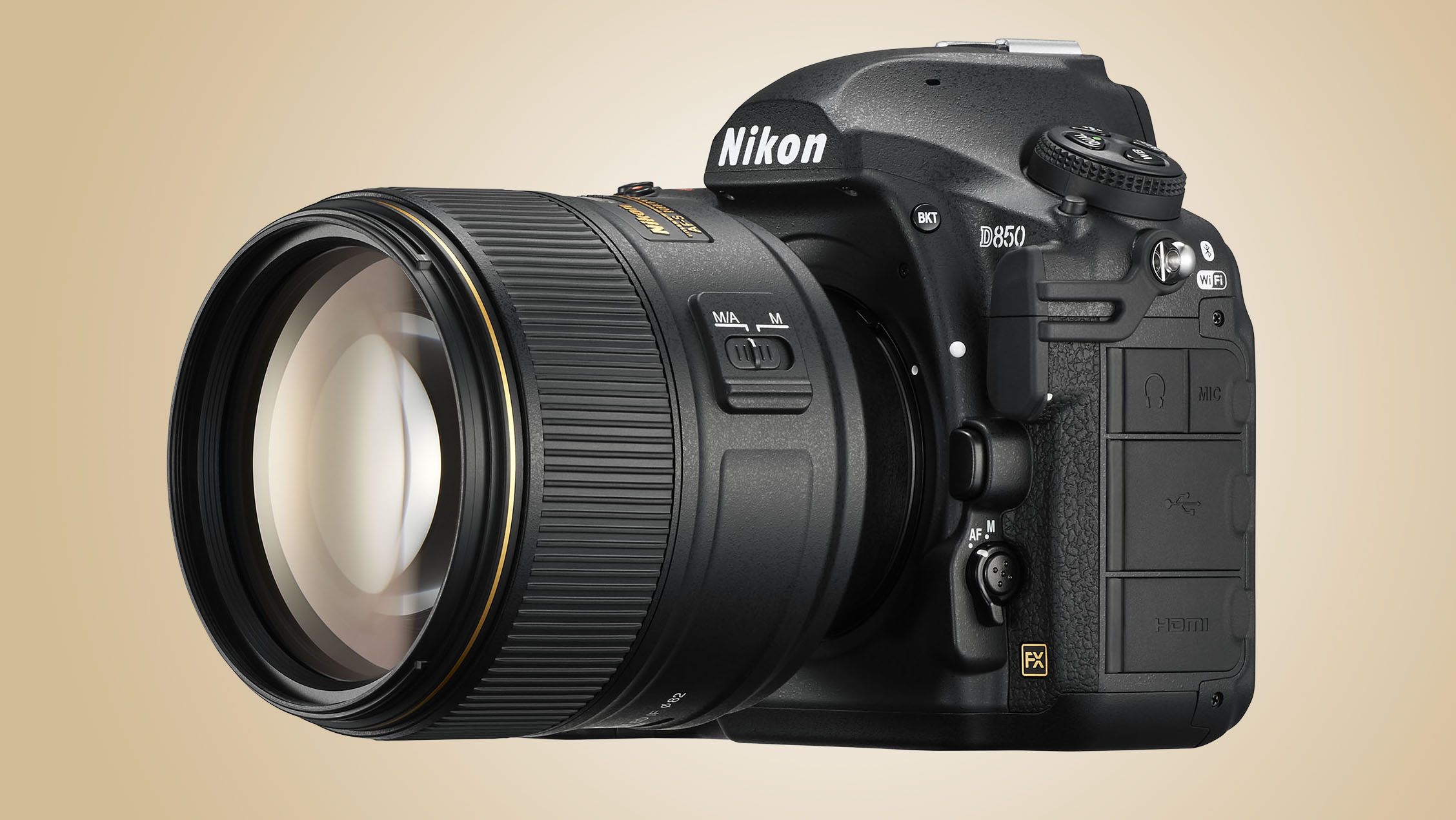
The Nikon D850 is probably still – after more than three years on the market – the DSLR to beat. It’s a fantastic all-rounder and a great workhorse camera for any working professional, as well as those enthusiasts who want a fantastic performer. It features a 45.7MP sensor – one of the highest resolutions on the market – as well as a host of other features that are still sought after today.
There’s 4K video recording, 9fps burst shooting, and Snapbridge connectivity. There’s also an excellent optical viewfinder and a tilting touch-sensitive screen.
By contrast, the Canon 5D Mark IV has a more modest 30.4MP sensor (the files are a bit more manageable though), 7fps shooting, and 4K video recording. The screen is touch-sensitive, but it doesn’t tilt. If you need higher resolution, you can still get hold of the Canon EOS 5DS and 5DSR cameras, which feature 50.6MP sensors, though most photographers should find that 30MP is more than enough.
We’d have to pick the Nikon D850 as the winner here, but again, if you’re already in the Canon system, you definitely won't be disappointed by the 5D Mark IV.
Winner: Nikon D850
from TechRadar: Photography & video capture news https://ift.tt/3pMXk9S
via IFTTT






0 kommenttia:
Lähetä kommentti